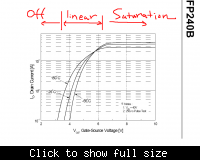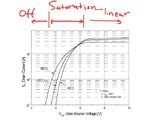millwood
Advanced Member level 3
(mos) lower rds(on) mosfet
i know. I think they just reversed the terms on mosfets, vs. those on bjts, to confuse you.

eliben said:This whole thread is about MOSFETs, not BJTs...
i know. I think they just reversed the terms on mosfets, vs. those on bjts, to confuse you.


